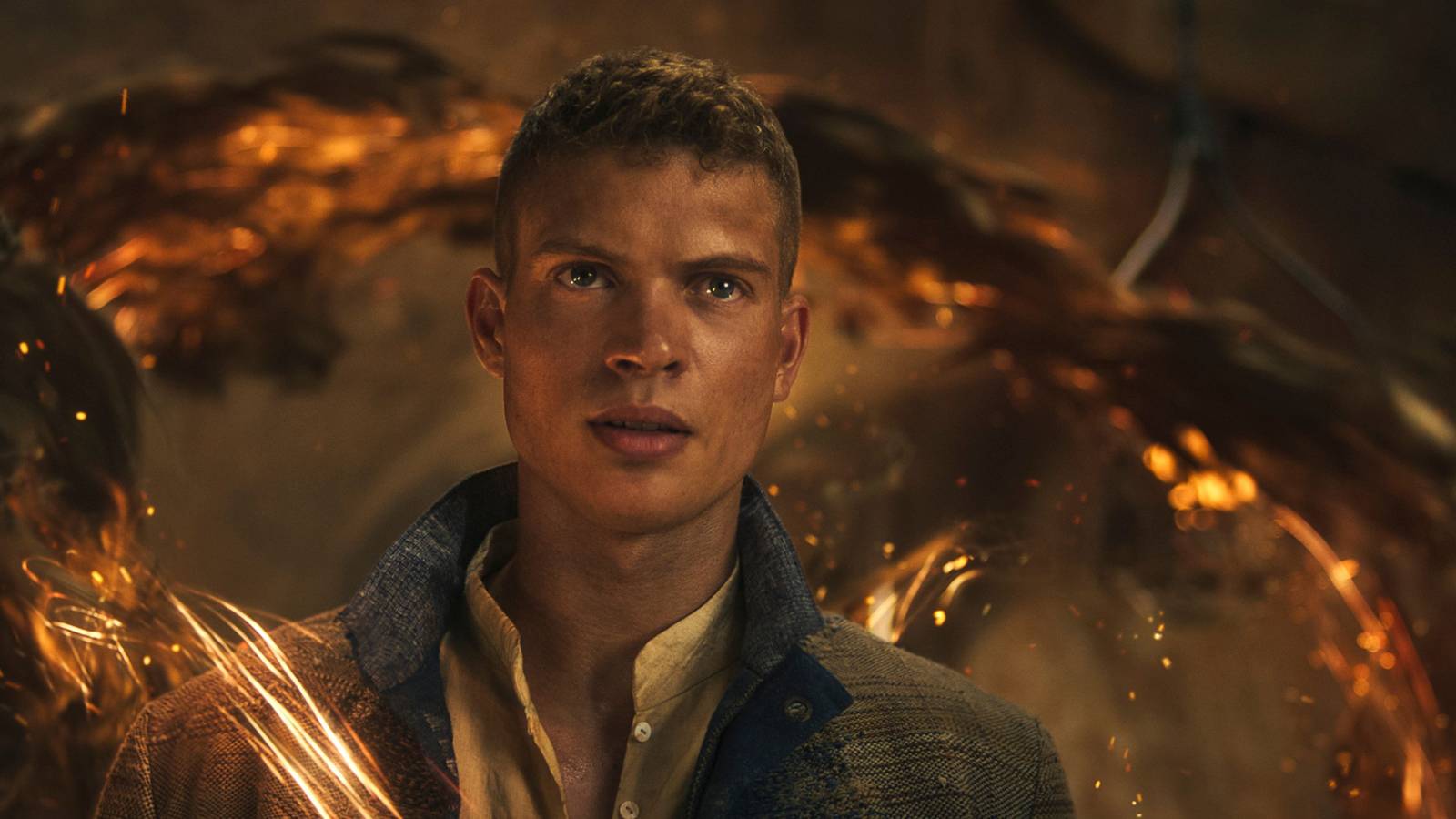Rewatching The Wheel of Time, Amazon’s ambitious adaptation of Robert Jordan’s 14-book saga plus a prequel, should be one of comfort. The familiarity of reliving favorite arcs, revisiting characters, and rediscovering the moments that first hooked us. But when it was cut short, those same rewatches feel less like nostalgia and more like mourning.
For three seasons, The Wheel of Time built the scaffolding of an epic destined to stretch across years of television, which was always going to be a marathon, not a sprint. Then, just as it found its footing, Wheel of Time was canceled.
Instead of getting to appreciate how the pieces set up their payoff, fans are stuck with setups that will never resolve, and what once looked like foreshadowing now feels like an unfinished sketch. When it comes to a saga as sprawling as The Wheel of Time, that incompleteness is especially harsh.
Rand, Egwene, and Perrin’s Stories End Midstream
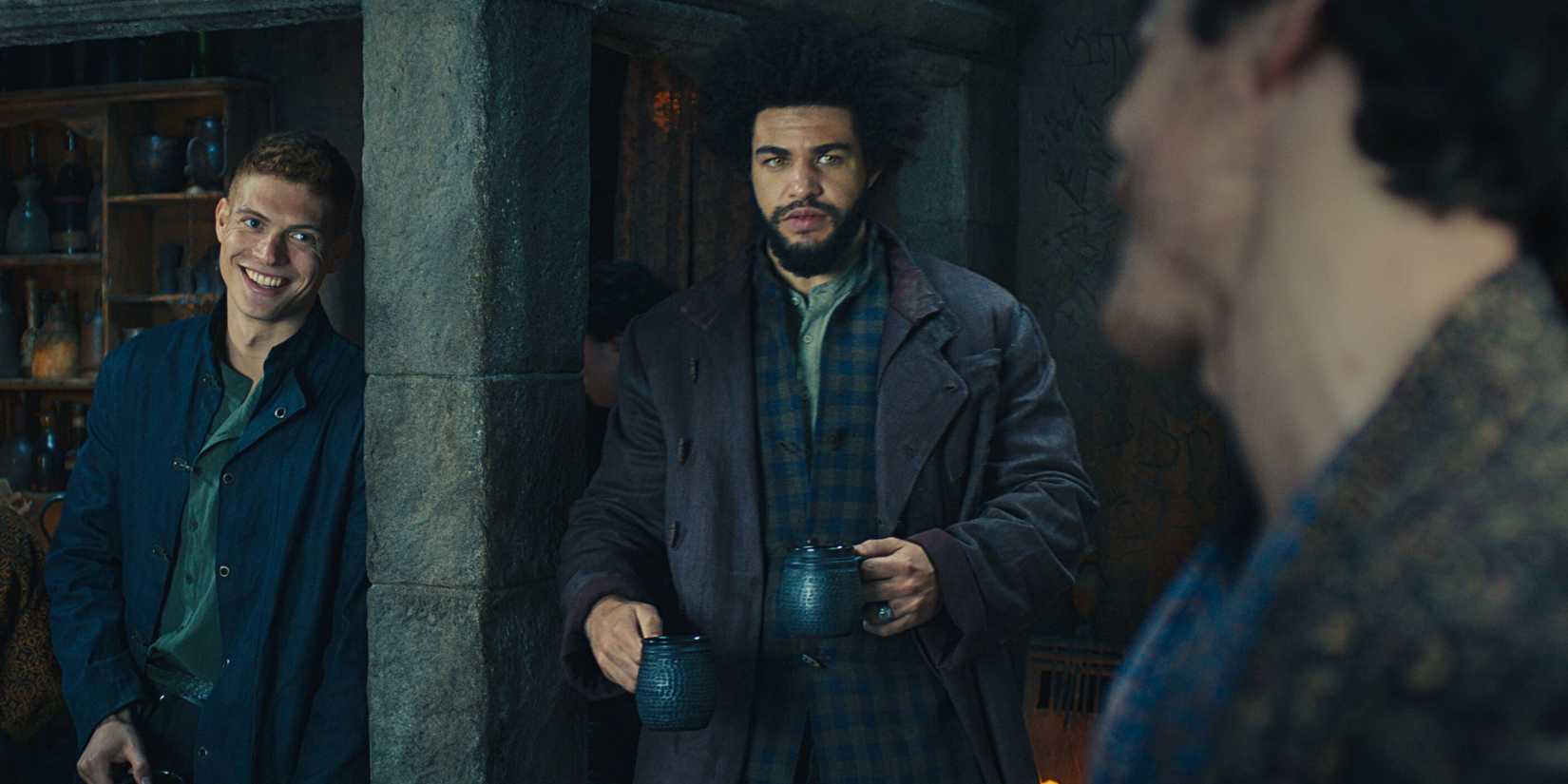
The most painful part of rewatching The Wheel of Time is realizing just how unfinished the journeys of the Emond’s Field trio feel. The show introduced Rand’s burden as the Dragon Reborn, Egwene’s resilience as an emerging leader, and Perrin’s struggle to balance his humanity with his wolf connection.
In Robert Jordan’s novels, these characters stretch across 14 books, each evolving through victories, betrayals, and moments of staggering growth. Rand’s confrontation with madness, Egwene’s ascension to the Amyrlin Seat, and Perrin’s rise as a general all define the saga, but on screen, they remain archetypes in progress.
Now it emphasizes the gap between intention and execution. Every scene that once hinted at destiny feels like a road that suddenly dead-ends. The show preserved the outlines of epic character journeys but never delivered their payoffs, leaving fans haunted by what could have been.
The Forsaken’s Plans Will Never Be Explained
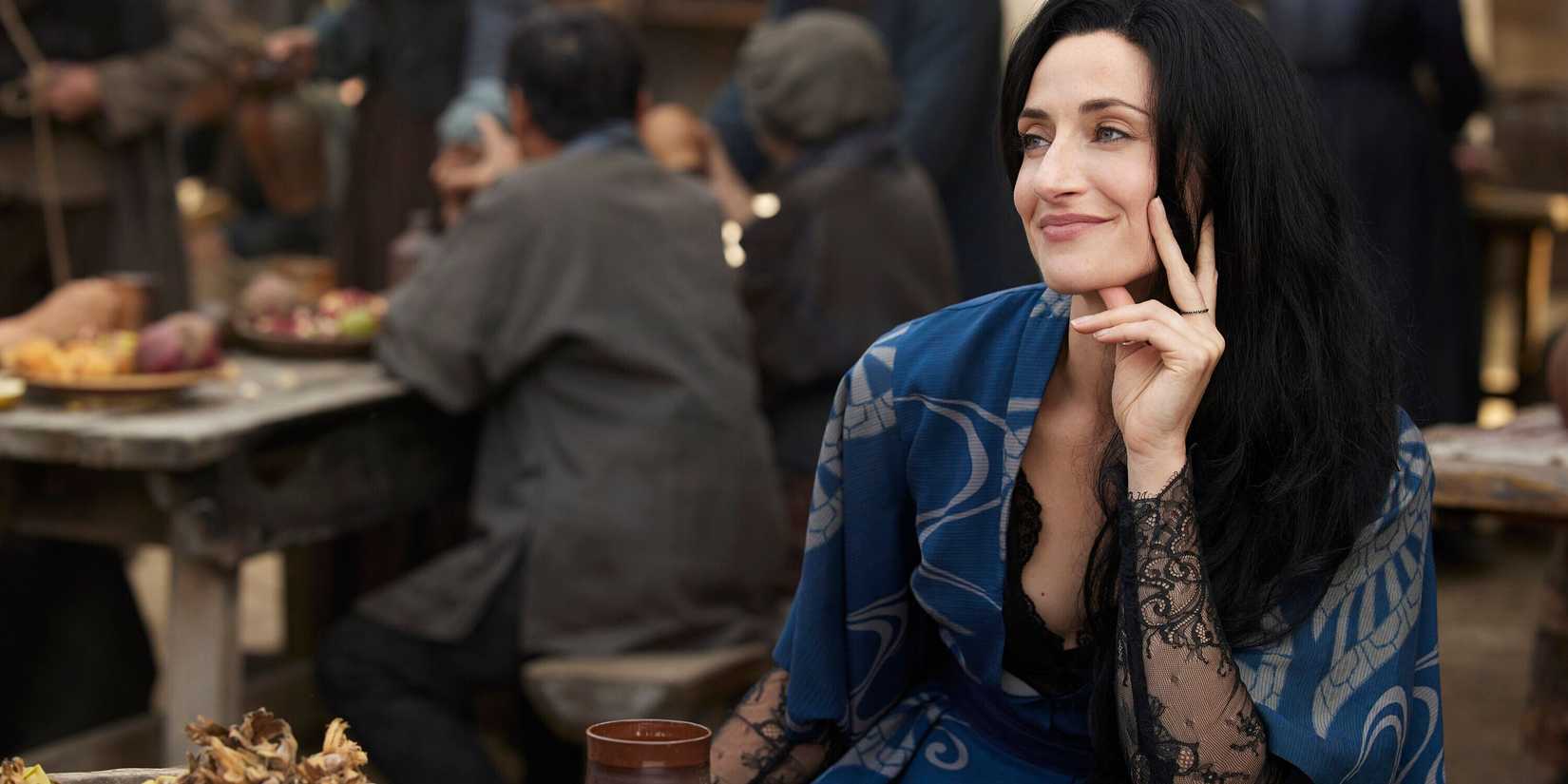
The introduction of the Forsaken was meant to signal the story shifting into higher gear. Ishamael’s manipulations and Lanfear’s seductions teased a much larger chessboard of immortal villains and season 2 even ended with the release of more Forsaken, suggesting an escalation that would stretch across seasons. Granted, the show reduced the Forsaken number from 13 to eight.
But in the books, each Forsaken has a distinct personality and agenda, shaping the Dragon Reborn’s path in many unique ways. Their rivalries and betrayals give the Dark One’s forces layers of complexity. On television, however, only hints of Lanfear’s obsession and Ishamael’s despair emerge before the curtain dropped.
Rewatching those scenes now makes them feel more like abandoned prologues than genuine setups. Without resolution, the Forsaken become little more than shadowy cameos, robbed of the menace and depth they held in the novels.
Iconic Book Events Like the Stone of Tear Will Never Happen
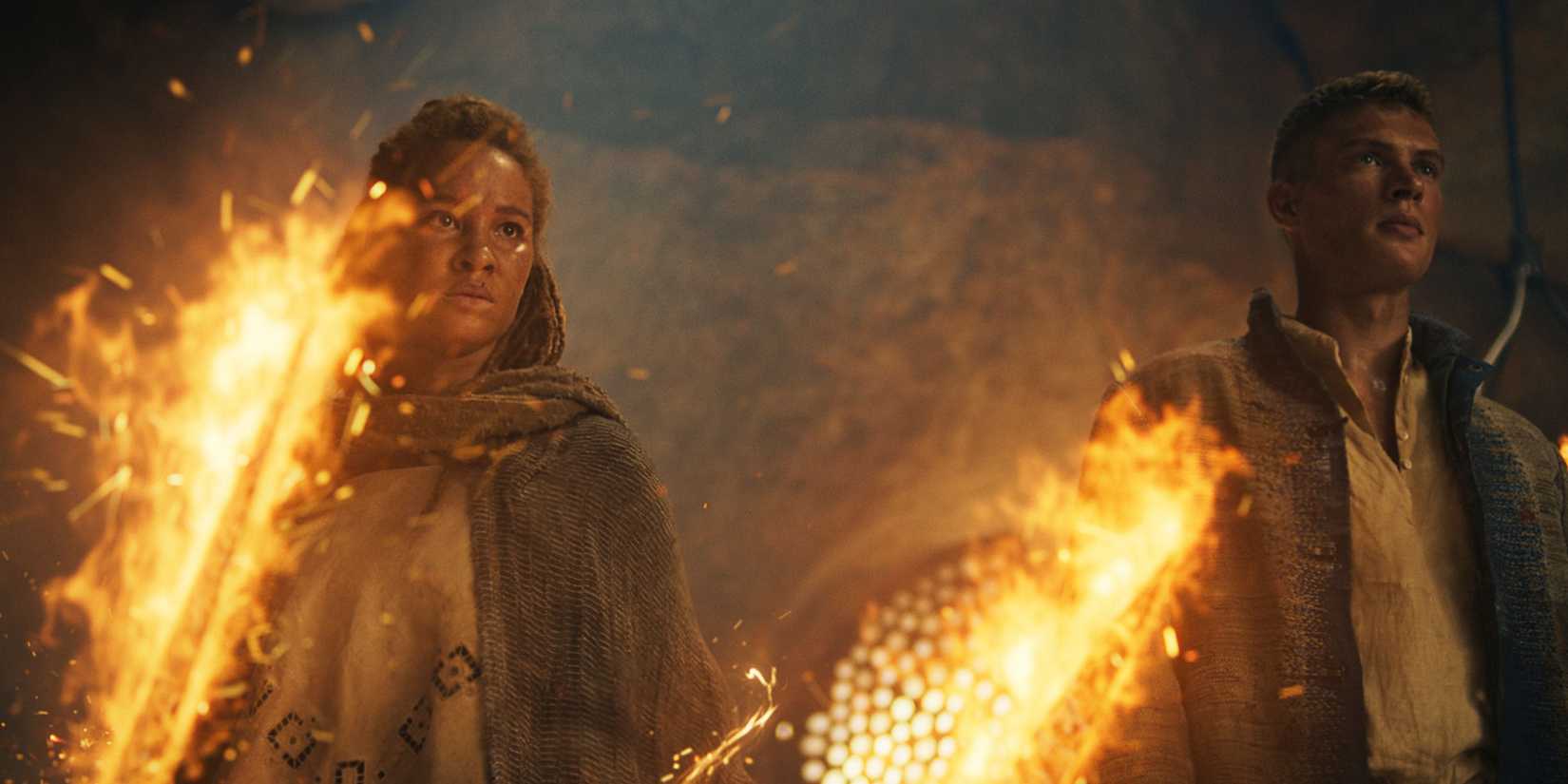
One of the great joys for book readers was waiting for the series’ landmark moments to appear on-screen. Chief among them was Rand’s prophesied claim of Callandor in the Stone of Tear—a dramatic fulfillment of prophecy that marks his acceptance of destiny. Yet the show’s decision to skip this sequence, planning to circle back later, now stings even more after cancellation.
In Jordan’s saga, the Stone is a pivotal turning point, cementing Rand as a messianic figure while deepening divisions among his allies. The absence of this moment on screen is glaring. It’s the kind of visual, operatic payoff television adaptations are built for.
Teasing it in the earlier seasons with this knowledge adds a bitter edge. Every hint of prophecy, every whispered line about Callandor, becomes a promise that the show never intended, and now never can, fulfill.
Rushed Arcs Like Mat’s Dagger Story Feel Worse Now

Mat Cauthon’s journey has always been a fan favorite of equal parts comic relief, reluctant heroism, and hard-won legend. But the show stumbled with his arc early, recasting Mat’s role in season 2, removing him from the Eye of the World segment, and rushing through the Shadar Logoth dagger’s corruption and aftermath.
The novels grant Mat some of the series’ most rewarding material, from his bond with the Heroes of the Horn in season 2 to his trickster strategies in battle. The show began to set these threads in motion, even giving him the Horn of Valere, but with cancellation, all of Mat’s future triumphs vanished into what-ifs.
In the show, his early struggles now only highlight how much was left undone. The character’s quirks and near-misses once hinted at greatness to come; instead, they now feel like a series of dangling threads that will never be tied together.
Moiraine’s Tower Conflict Will Never Resolve
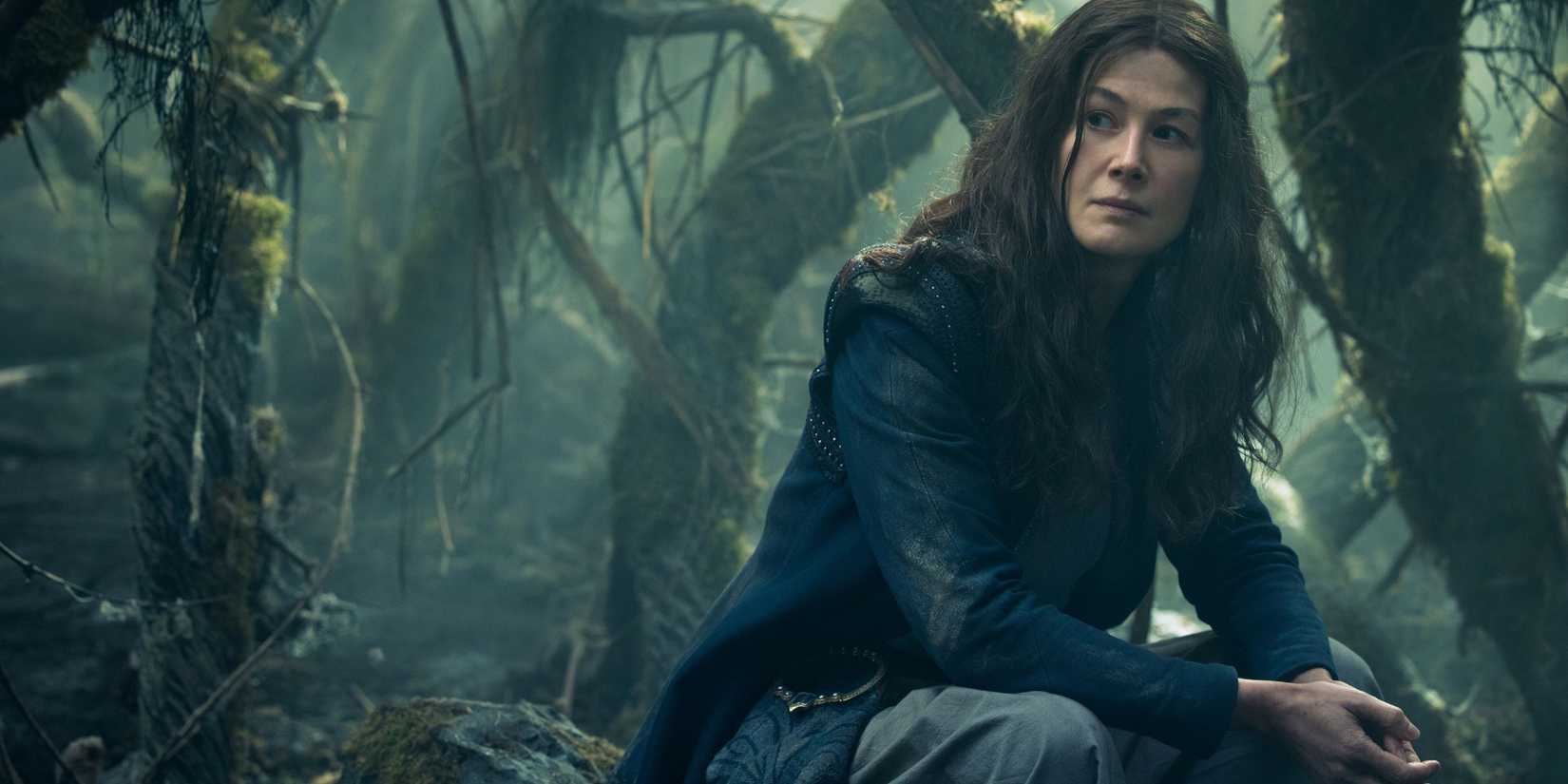
Moiraine Damodred was always a character of secrets and sacrifices, and the show leaned heavily into her estrangement from the Tower and her struggles with lost power. Season 2 positioned her for a comeback, while season 3 teased deeper conflicts within the Aes Sedai ranks. Viewers expecting the full Tower schism and political upheaval, however, will never see it.
In the novels, the White Tower becomes a battlefield of ideology and ambition, culminating in Egwene’s rise as Amyrlin and the Black Ajah’s exposure. Moiraine’s role intersects powerfully with those threads, making her absence and return feel essential. On screen, that arc is left suspended.
Rewatching her sacrifices now feels emptier, knowing the early introduction of the White Tower’s great conflicts will never resolve. The story that once promised intricate political intrigue now ends with questions left unanswered, cutting short one of the richest parts of the saga.
The Seanchan’s Conquest Has No Resolution
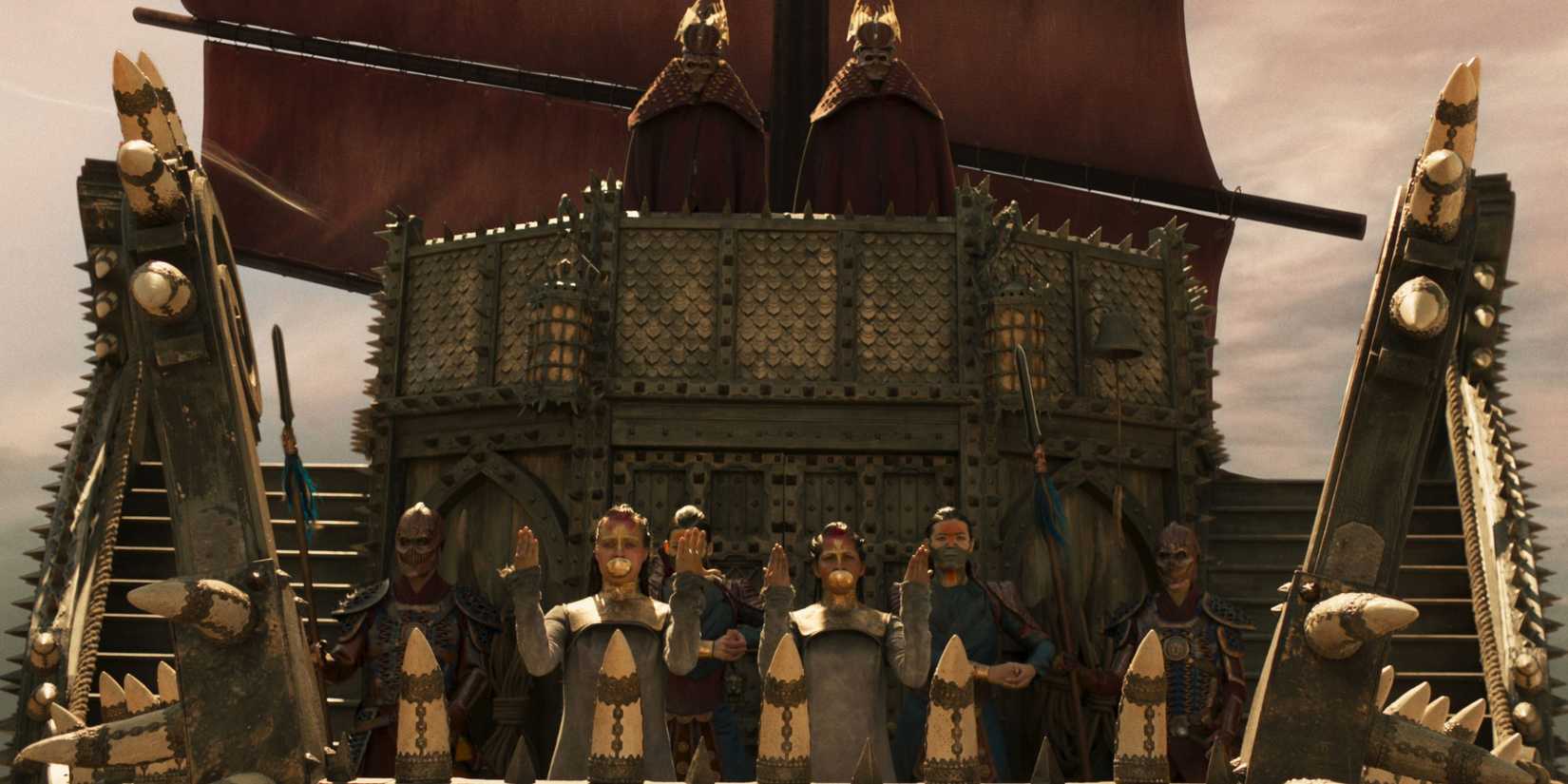
Feel how you want about Wheel of Time seasons, but season 2’s Seanchan introduction was the kind of faithful menace that promised long-lasting consequences. Their military might, their damane system of enslaved channelers, and their rigid cultural order all set them apart as one of the saga’s most formidable forces. Season 2 positioned them as a growing threat, but that’s all fans will ever see.
In the books, the Seanchan drive major conflicts, forcing alliances and reshaping Rand’s campaign for the Last Battle. Tuon, the Daughter of the Nine Moons, even becomes one of the saga’s most pivotal figures. None of this will unfold on screen now.
The Seanchan still appears terrifying, but it’s terror without consequence. Their introduction plays like the first act of a story cut off before escalation, a wasted seed that will never sprout.
Nynaeve’s Growth Stops Halfway
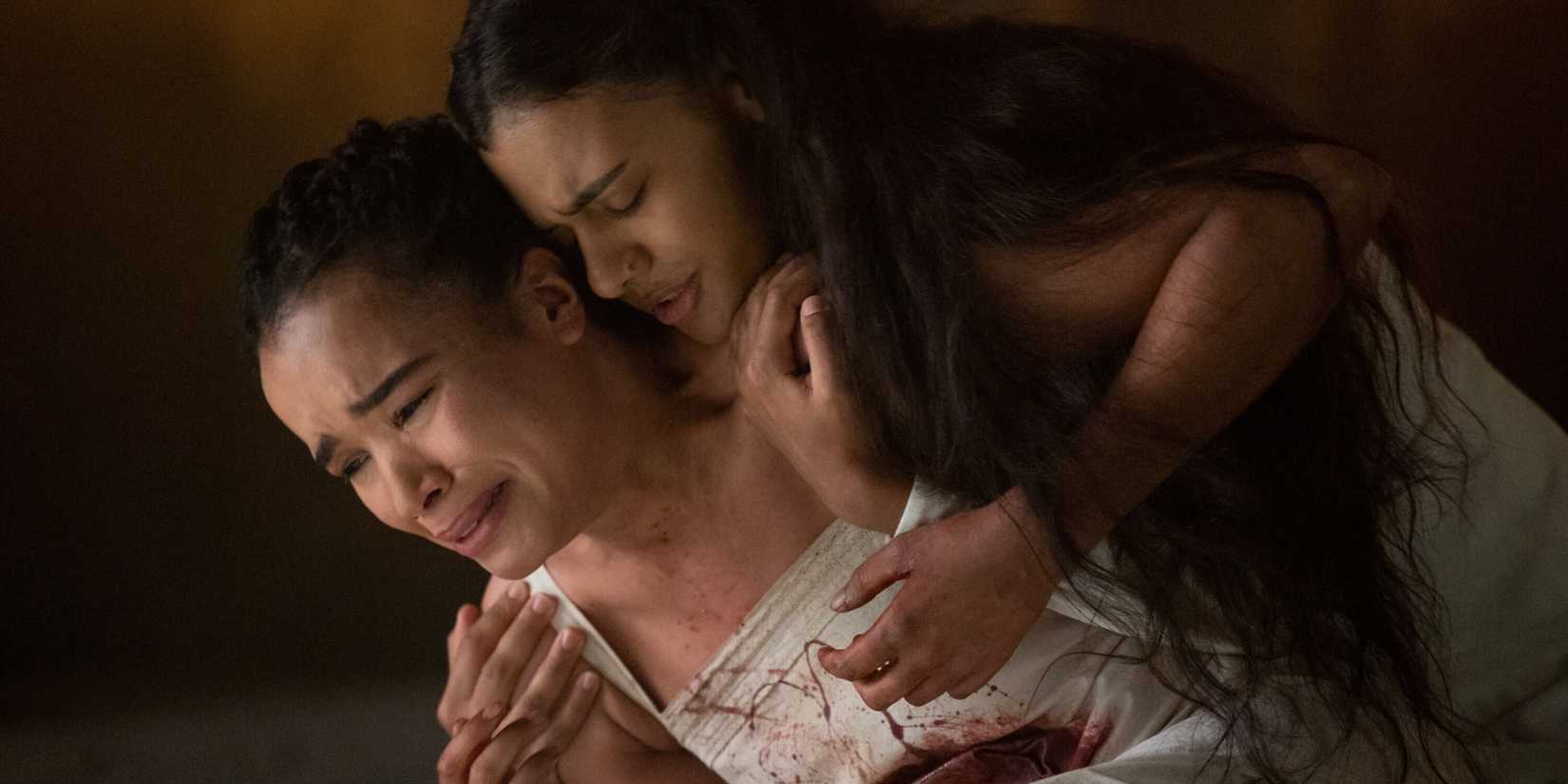
Few arcs in The Wheel of Time are as emotionally satisfying as Nynaeve’s. Her stubbornness, her temper, and her raw potential make her one of the most human characters in the saga. The show adapted the early stages of her journey, from her block, her insecurities, and her bond with Lan, but they never let her grow into the powerhouse she becomes in the novels.
Book readers know how momentous Nynaeve’s Arches storylines and eventual breakthroughs are, from breaking her block to cleansing the taint on saidin alongside Rand. This required years of threading to realize Nynaeve’s personal strengths, but on screen, we never get past the frustration stage.
The Last Battle Will Never Be Seen on Screen
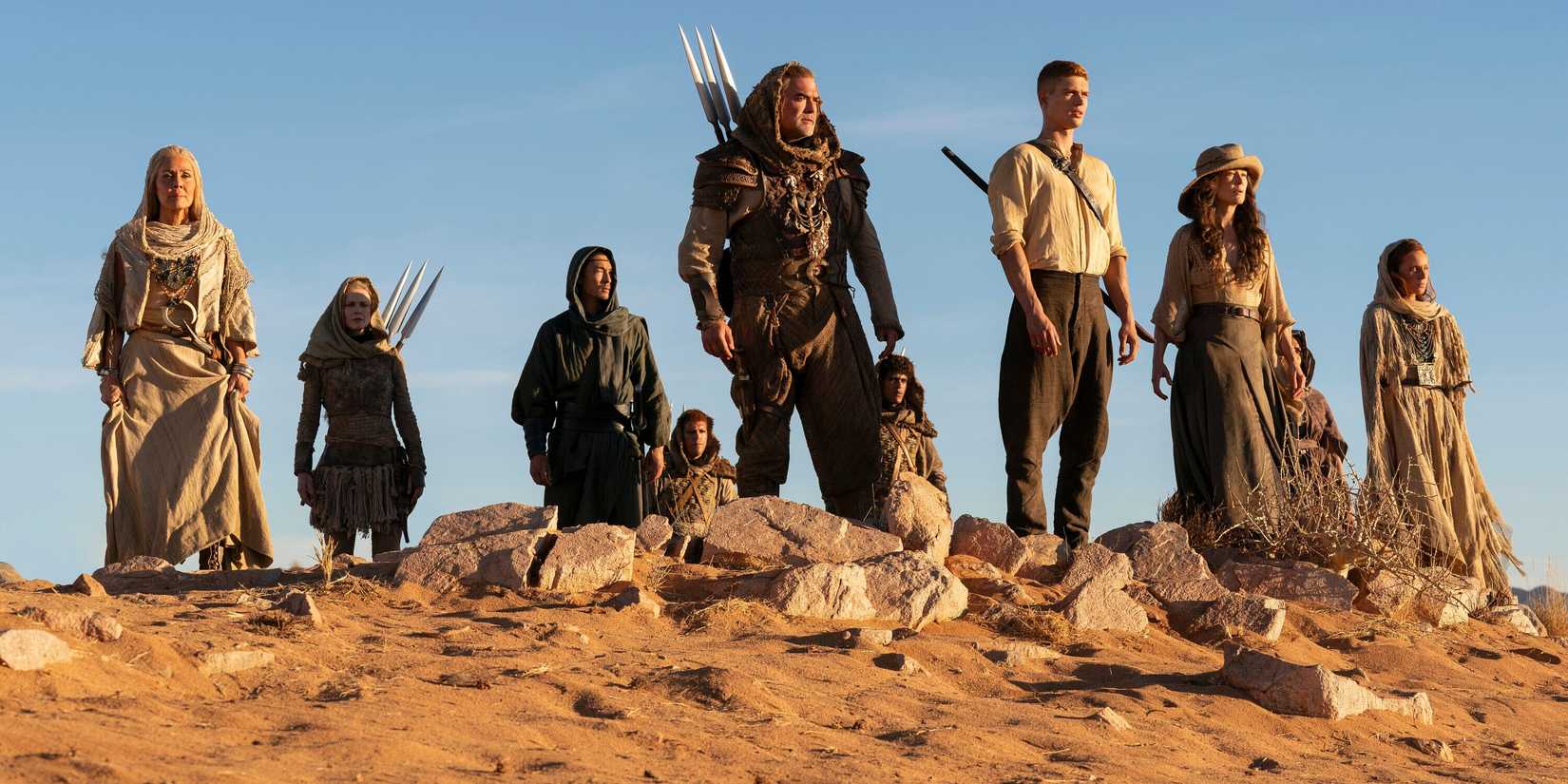
Every thread in The Wheel of Time points toward one inevitability: Tarmon Gai’don, and how each character’s story ends in the Last Battle. In the books, it’s a sprawling, world-defining climax that ties together hundreds of characters and arcs. On television, it was the endgame the show was always building toward — until cancellation erased it from possibility.
The absence of the Last Battle is more than a missing finale. It means that every setup, every prophecy, every foreshadowed choice is now hollow. The Dragon Reborn’s story without Tarmon Gai’don is like The Lord of the Rings without Mordor or Sauron; it’s an unfinished sentence.
Rewatching earlier seasons now feels bittersweet in a way that borders on cruel. For all its frustrations and struggles against the source material, The Wheel of Time was nothing but ambitious, and it’s a shame we’re leaving the ultimate showdown forever unseen.
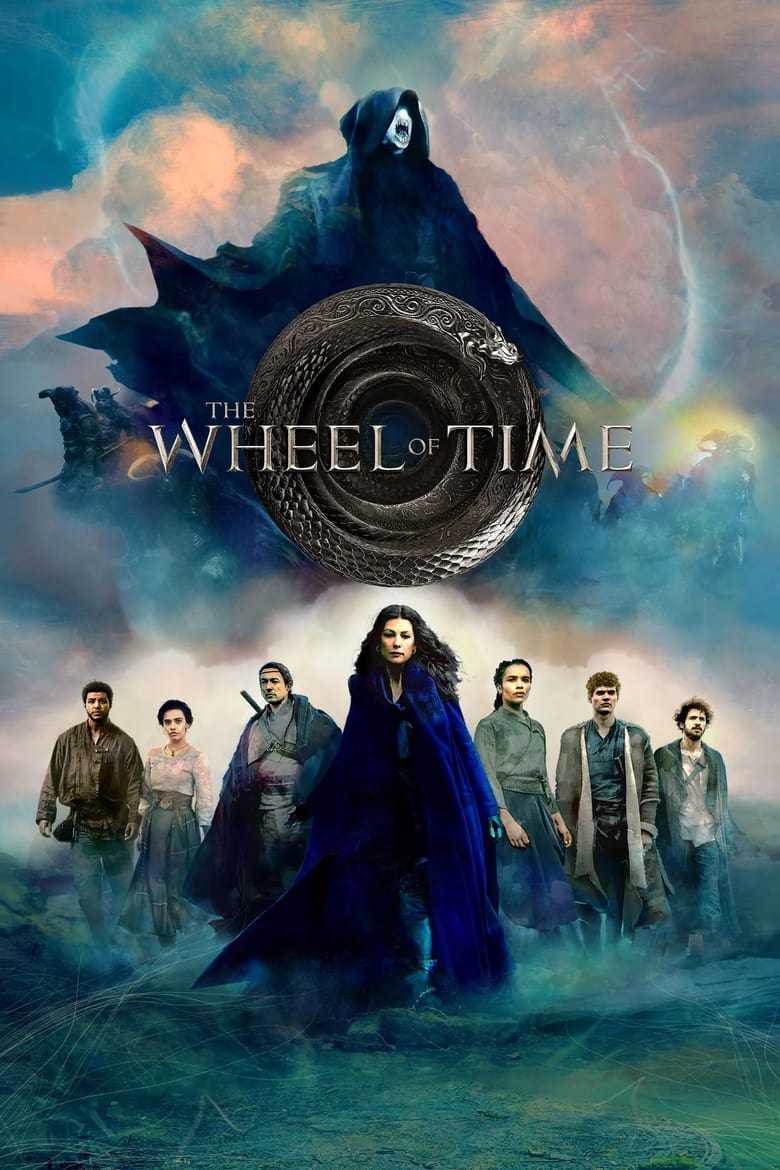
Release Date
November 18, 2021
Network
Prime Video
Showrunner
Rafe Judkins

